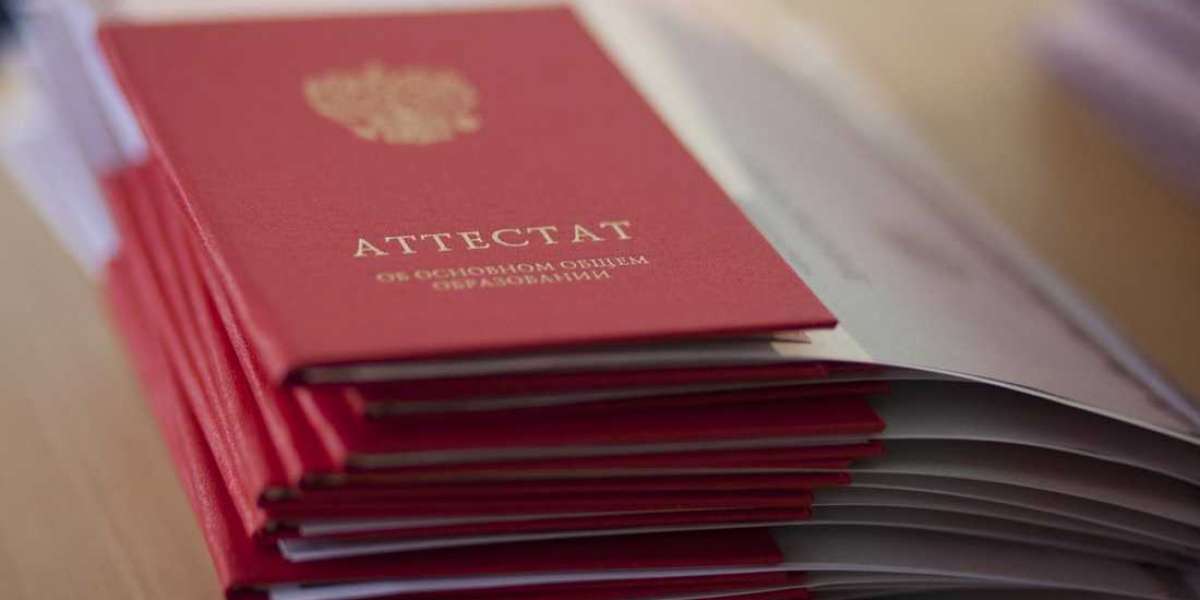From Cash to Clicks: If we imagine a time making payment a few decades ago, we can think of a stuffed wallet with cash and bulking change in our pockets. Right! But it all suddenly changed when the two best credit card payment companies Visa and Mastercard came into the market. These two well-known names changed the landscape of the payment industry.
This is not just about swiping plastic instead of handing over paper bills. The influence of these giants goes far deeper, shaping consumer behaviour, propelling global trade, and driving innovation at a breakneck pace.
From humble beginnings as regional players, Visa and Mastercard have evolved into global titans, processing trillions of dollars annually and influencing how we conduct business, travel, and even the digital age.
But how did these best credit card payment companies influence such widespread dominance?
What are the hidden elements behind their success and how did it impact the payment world? Want to know all in detail then read on to the last of this article and you will be getting deep knowledge from the beginning to today. So have your coffee and explore the transformative power of plastic in a world increasingly driven by clicks.
History of Visa and Mastercard
The history of both giants has been incredible till now. Their roots were planted in between 1950 to 1960. If we look at the Visa’s history - Visa was initially started as a BankAmericard program offering credit to the people of California in 1958. Later on, to expand it nationally, bank of America partnered with another bank which rooted the foundation of the Present Visa. Visa name was officially given in 1976 signifying its transformation with the time.
On the other side, the foundation of Mastercard was laid in late 1966 in response to the success of Visa. Mastercard was created as an Interbank Card Association (ICA) by a group of California banks. To gain wider acceptance and build a strong network widely, it was merged with Citibank’s “Everything Card” in 1969 and after some years, the name Master Charge was shortened to Mastercard establishing its identity robustly.
How Visa Mastercard Reshaped Consumer Behavior?
Remember the frustration of searching for exact change, lugging around bulky wallets, and anxiously hoping your local shop accepted plastic? Thanks to Visa and Mastercard, those days are fading fast. Their impact on consumer behaviour has been profound, driven by three key factors: convenience, global reach, and easy access to credit card payment processing.
From Fumbling to Frictionless: The convenience that both Visa and Mastercard offer is unmatchable. Swiping or tapping a card takes seconds, eliminating the need for messy cash and speeding up transactions. This ease of use has driven widespread adoption, with global cashless transactions expected to reach \$1.6 trillion by 2024 (Statista, 2023).
Payment at Your Fingertips: Rather than counting the cash for hours and finding the exact change was quite time-consuming earlier. Imagine travelling freely, knowing your card works almost anywhere. This has not only fueled tourism but also empowered consumers to shop online from international vendors, boosting global trade.
Beyond Phycial Stores: Their influence extends beyond physical stores. Visa and Mastercard have been instrumental in the e-commerce boom, enabling secure online payments for millions. This has had a significant impact on specific industries like travel (booking flights and hotels online) and retail (convenient online shopping).
But their influence does not stop here. They leverage transaction data to deliver personalized experiences. Targeted offers are based on your spending habits and loyalty programs that reward specific purchases are now commonplace.
Impact of Visa Mastercard on Payment Industry
The biggest market player in the payment industry is Visa holding around 40% part of the global market. Then comes Unionpay with a 32% holding of the global market and on at the 3rd number comes Mastercard. Visa and Mastercard have widely impacted the payment industry in the following ways:
- After the introduction of the electronic payment system, ways of making payments were completely changed. By introducing electronic payment systems, they eliminated the need for cash and checks, making transactions faster, more convenient, and more secure.
- Their widespread acceptance has facilitated international commerce, enabling businesses to reach customers worldwide. Additionally, Visa and Mastercard have pioneered advancements such as contactless payments and digital wallets, further enhancing the efficiency and accessibility of financial transactions.
- The dominance of Visa and Mastercard in the market encourages people to get convenience and multiple facilities. They allow their customers to make transactions widely across global merchants and industries. Customers get many ease and payment methods from Visa and Mastercard which enables them to pay from debit/credit card payment processing flexibility.
The forefront of Innovation in the Payment Industry
Visa and Mastercard are at the forefront of innovations in the payment industry. These both keep introducing new technologies to take the world towards cashless. They aim to ease the payment system with maximum security and continuously launch effective innovations. Below are some major areas where they had been the most innovative and changed the payment system effectively.
- Contactless Payment: The days of inserting or swiping a credit card on the machine have gone long ago. There is now “Tap and Go” technology to make a payment faster. In the early days, Visa and Mastercard were only the former adopters of this contactless technology. This innovation made payment faster and more convenient globally.
- Biometric Authentication: Fingerprint scans, facial recognition, and other biometric methods are making payments more secure and personalized. Visa and Mastercard are actively exploring and testing these technologies, which could eliminate the need for PINs and passwords.
- Blockchain Integrations: Blockchain technology holds immense potential for the payment industry, offering benefits like increased security, transparency, and efficiency. Visa and Mastercard are investing heavily in blockchain research and development, exploring its potential for cross-border payments, trade finance, and other areas.
- Open Banking Initiatives: Both companies are actively involved in open banking initiatives, which aim to create a more open and collaborative financial ecosystem. This allows for the development of innovative new payment solutions and financial services, benefiting both consumers and businesses.
Conclusion
The impact of Visa and Mastercard on the payment industry has been transformative. These giants have propelled global trade, driven innovation, and revolutionized the way we conduct transactions. With their pioneering technologies and continuous innovations, Visa and Mastercard remain at the forefront of the payment industry, shaping its future and leading the world towards a cashless society.






